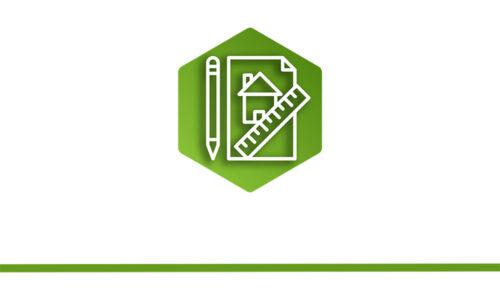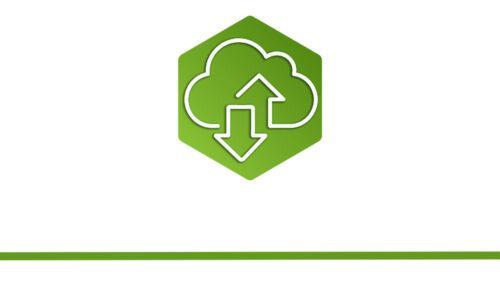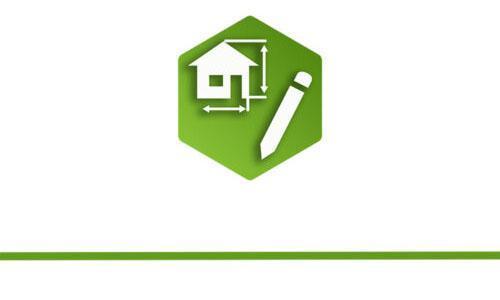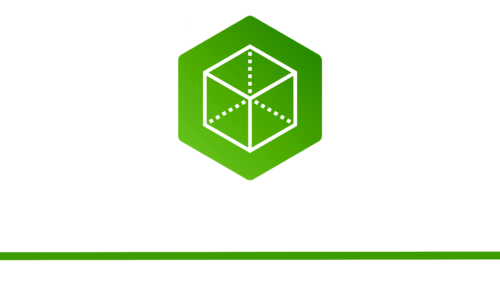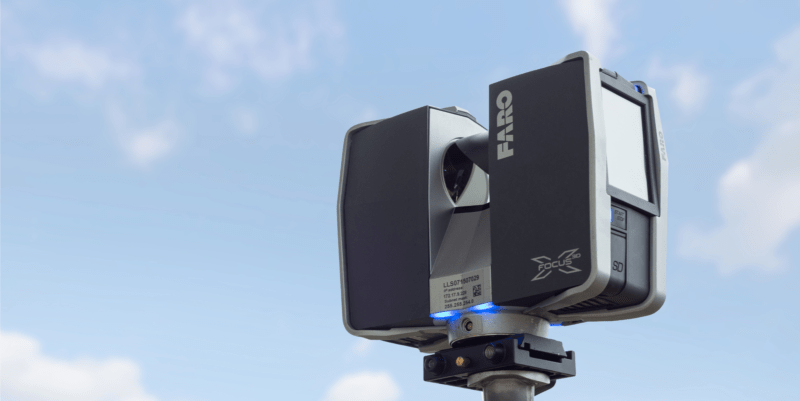
Until recently, to achieve detailed and accurate As-Built land and building measured surveys, it required numerous staff members and a significant amount of time to complete the tasks.
Today the market offers 3D Laser Scanning technology solutions. With the help of class 1 laser scanners, what previously took days to survey can now be achieved in a matter of hours.
What is 3D Laser Scanning
You may ask, when was 3D laser scanning invented? After the first invention of a laser in 1960’s, LiDAR ( light detection and ranging ) was initially tested on airplanes which were used as a platform laser beams. However the fully functional LiDAR laser scanners were only available in the late 1980’s, after the Global Positioning System (GPS) and internal measurement units (IMUs) were invented.
3D laser scanning is the process of contactless digital data collection of appearance, shape, measurements or both, from the real-world objects, shapes or surfaces. In the construction, design and architectural fields the 3D captured data can be used for the following purposes:
- Constructing accurate and scaled 3D models.
- Virtual tours around the scanned site.
- Production of accurate As-Built architectural CAD drawings such as floor plans, section drawings, elevation drawings etc.
- Extraction of areas, volumes and measurements.
What are the main benefits of 3D Scanning
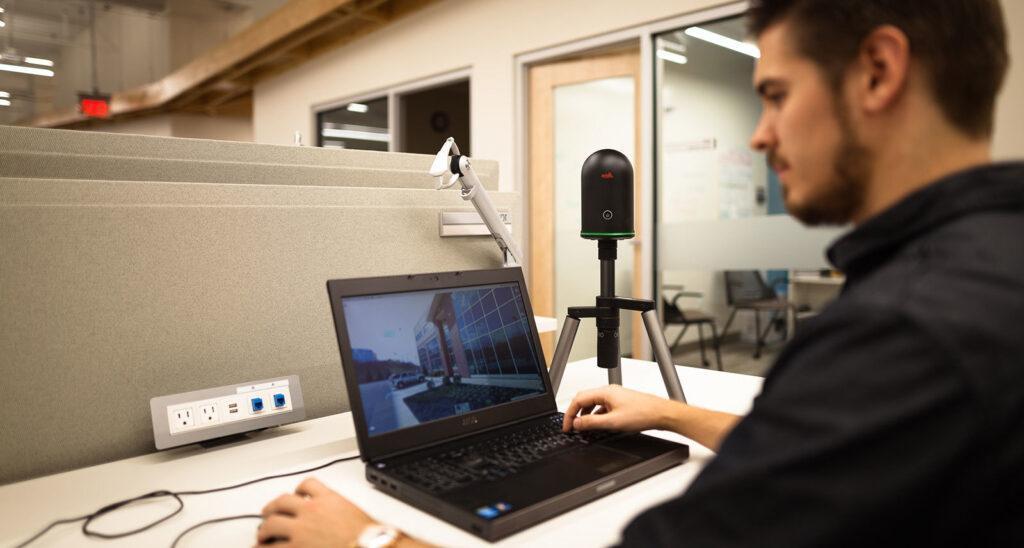
- Speed
Our Faro 3D laser scanner is capable of capturing up to 1 million points per second. In just minutes the scanner is capable to complete a 360° by 300° scan, capturing measurements of everything to the smallest detail that is visible to the scanner. What takes days to measure using standard methods of surveying can now be achieved in hours.
- Accuracy
The Faro X130 scanner has a range of 130 metres with accuracy of just +-2mm. Due to the lack of human error factor during data registration.
- No human error in data capture
The terrestrial 3D laser scanners capture measurements of all visible surfaces and objects within their range in 360° by 300°, eliminating any human error factors in data collection.
- Surveying hard to access areas
With scanner’s range of 130 metres, this allows us to precisely capture measurements of even hard to reach areas such as high ceiling and building elevations.
- Suitable for sensitive environments
The Faro X130 3D laser scanner we use shoots out lasers in all directions 360° by 300° capturing measurements of all visible surfaces at a distance of up to 130 metres. As it is contactless method of survey, this makes it the perfect choice for surveying sensitive properties such as churches and listed buildings.
- True-View imagery
Extract any measurements from 3D Point Cloud or directly from 360° Images.
- Point Cloud Virtual tours
Benefit from virtual tours with ability to extract any measurements, minimising the need of site-visits.
How does laser scanner work
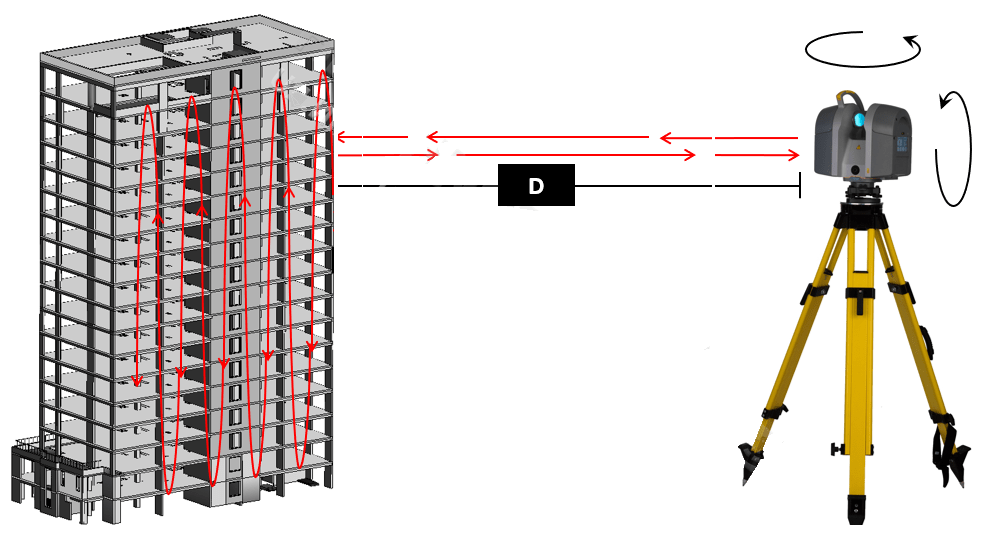
3D laser scanners works by sweeping the laser beam in all direction usually 360° by 300°. The scanner calculates the distance to an object by calculating the time it takes for the laser beam to hit an object and bounce back to the scanner. However unlike the normal rangefinders, the terrestrial 3D laser scanners record data in x, y and z coordinates. This makes it possible to convert the surveyed data into detailed 3D representation of all coordinates often referred to as Point Cloud.
What is Terrestrial Laser Scanning
Terrestrial laser scanning (TLS) devices also known as terrestrial LiDAR ( light detection and ranging ) are the laser scanners that are mostly used in the following fields:
- Construction field – Performing quality control during and after the construction project is completed.
- Surveying – Building measured surveys, topographical land surveys and structure health monitoring
- Forensic investigations – Scanning the scene of crimes and capturing all data to the millimetre
Professional Terrestrial laser scanners typically have a range of 70 metres to 350 metres with an accuracy of +- 2mm. Some of the most advanced 3D laser scanners have a range up to 2km.
What is 3D Scanning used for
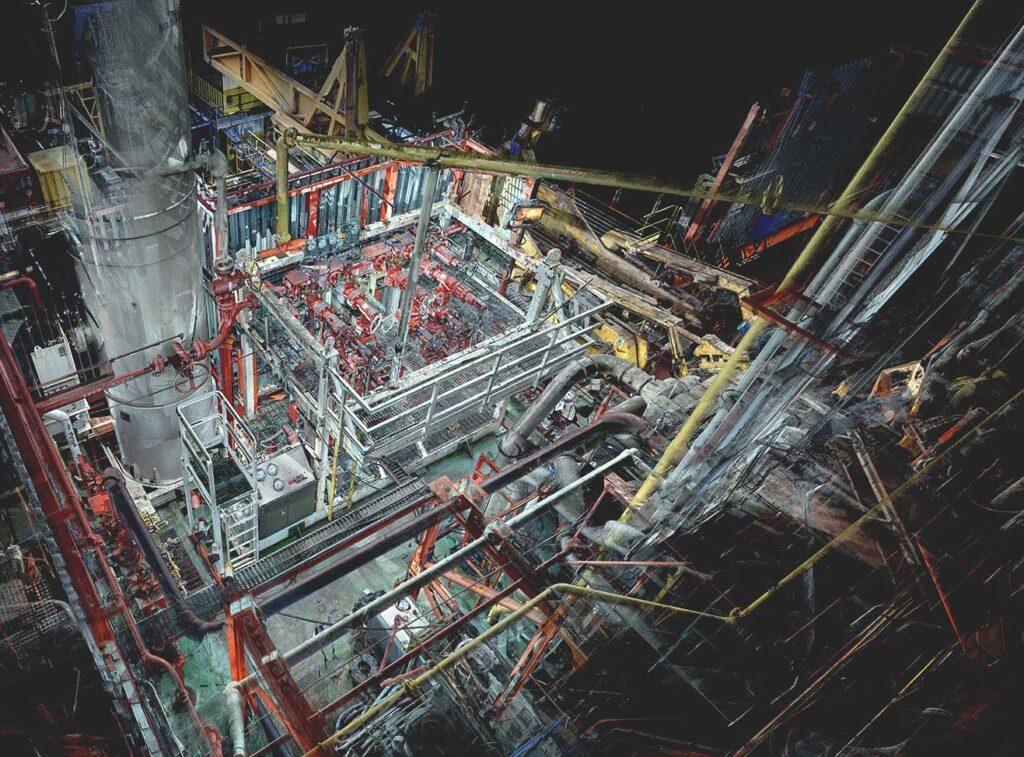
3D laser scanning allows to solve many tasks, i.e.:
- Measured Building Surveys
Creating accurate As-Built drawings of any kind with as much or as little detail.
- Topographical & Property Surveys
Creating accurate and scaled 3D models of surveyed buildings, objects and land.
- Structure Health Monitoring
Analysing the degree of deformation of a structure by comparing data from different points in time.
- Construction
Quality control of proposed vs As-Built works in construction.
How much does a 3D Laser Scanner cost
The entry level terrestrial 3D laser scanners from the industry leading manufacturers cost from around £30,000. The more advanced models can cost up to £100,000.
However, a terrestrial laser scanner is no more than a box on a tripod without the required software and PC machines that can handle pall data and a person with the knowledge of operating the scanner and software.
The following list is a guideline of the costs:
- Terrestrial laser scanner: £35K – £100K+
- Software for processing and registering scans into Point Cloud: £7,000 – £10,000
- Software for processing PC desktop that would be sufficient to process scanned data: £3,000 – £10,000 and registering scans into Point Cloud: £7,000 – £10,000
Click here to see how we can help you with our Terrestrial 3D Laser Scanning equipment.



